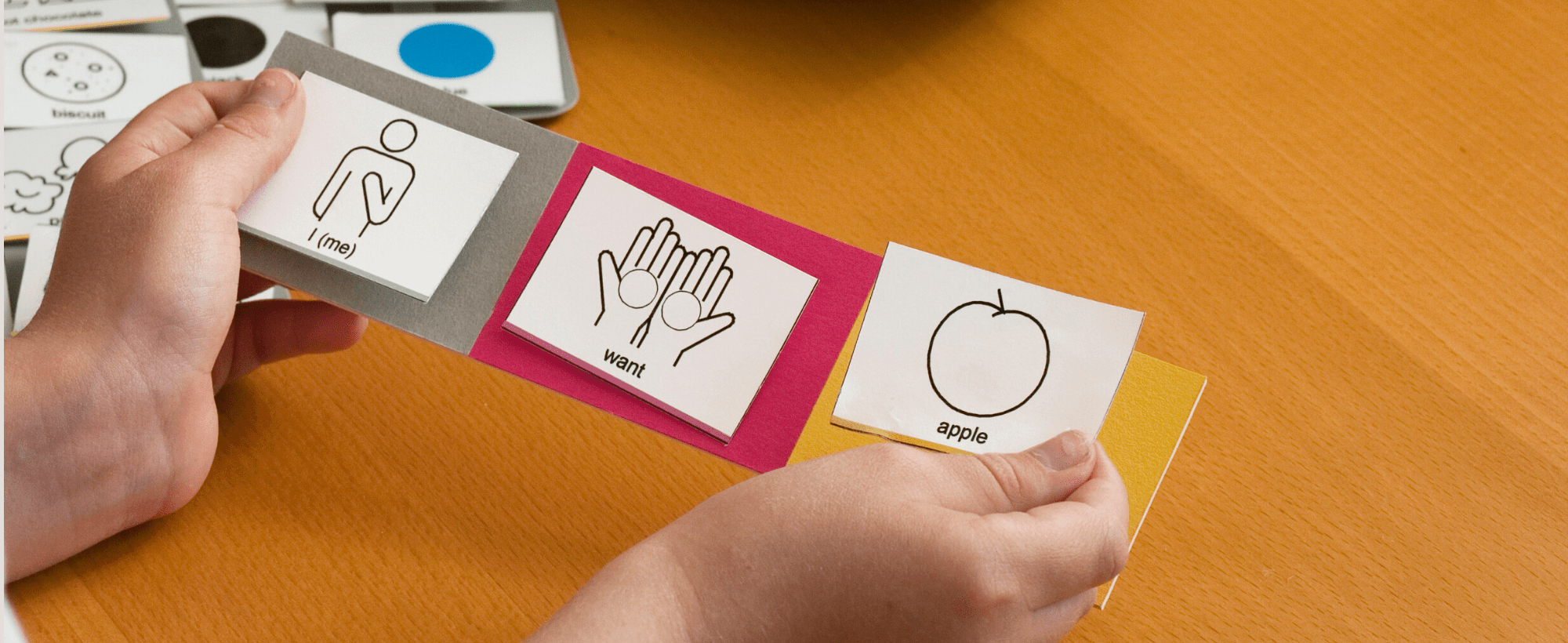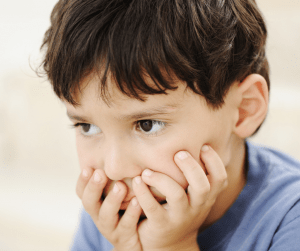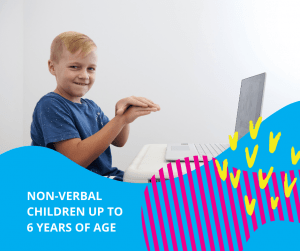Did you know that estimates suggest that around 40% of people diagnosed with Autism Spectrum Disorder (ASD) have Non-Verbal Autism? It’s a large percentage and a condition worth learning more about.
Whether your child, a family member, or even a student in your class has Non-Verbal Autism, we hope you find this article helpful. As a team of passionate and dedicated Speech Language Pathologists, we work with clients across the Autism Spectrum, including those who are non-verbal.
Keep reading to learn more about non-verbal autism (also known as non-speaking), including signs that someone may have non-verbal autism as well as some more information on how individuals with non-verbal autism can learn to communicate.
How Can Someone Be Diagnosed With Non-Verbal Autism?
It’s important to note that Non-Verbal Autism is not a diagnosis within itself. The phrase simply describes someone with Autism, usually with a Level 3 diagnosis, who struggles with verbal communication. Someone with Non-Verbal Autism may never develop spoken language beyond a few words or utterances.
Autism is a neurological difference that impacts how an individual interacts with the world around them. It is characterised by differences in social interaction, communication, and behaviour. Autism is defined by a spectrum because every autistic person is different, with a different range of skills, strengths, and needs. However, as mentioned, the DSM-5 places those diagnosed with Autism on one of three levels. Level 1 (Requiring Support), Level 2 (Requiring Substantial Support) and Level 3 (Requiring Very Substantial Support).
There are no conclusive findings on why some individuals on the Autism Spectrum develop Non-Verbal Autism. This is an area within the Autism Spectrum that needs more research. Although we don’t know why 40% people with ASD are Non-Verbal, it’s important to note that their lack of verbal communication is not due to a lack of intelligence.
Recent findings from a review of expressive language intervention studies found that definitions of this condition vary widely. The researchers proposed standardised definitions including preverbal (no words at <18 months), nonverbal (no words at >18 months), minimally verbal (significantly fewer words than expected for age), and limited verbal (>50 words, but expressive skills below 10th percentile). To learn more about when Non-Verbal Autism is diagnosed, read our helpful article.





